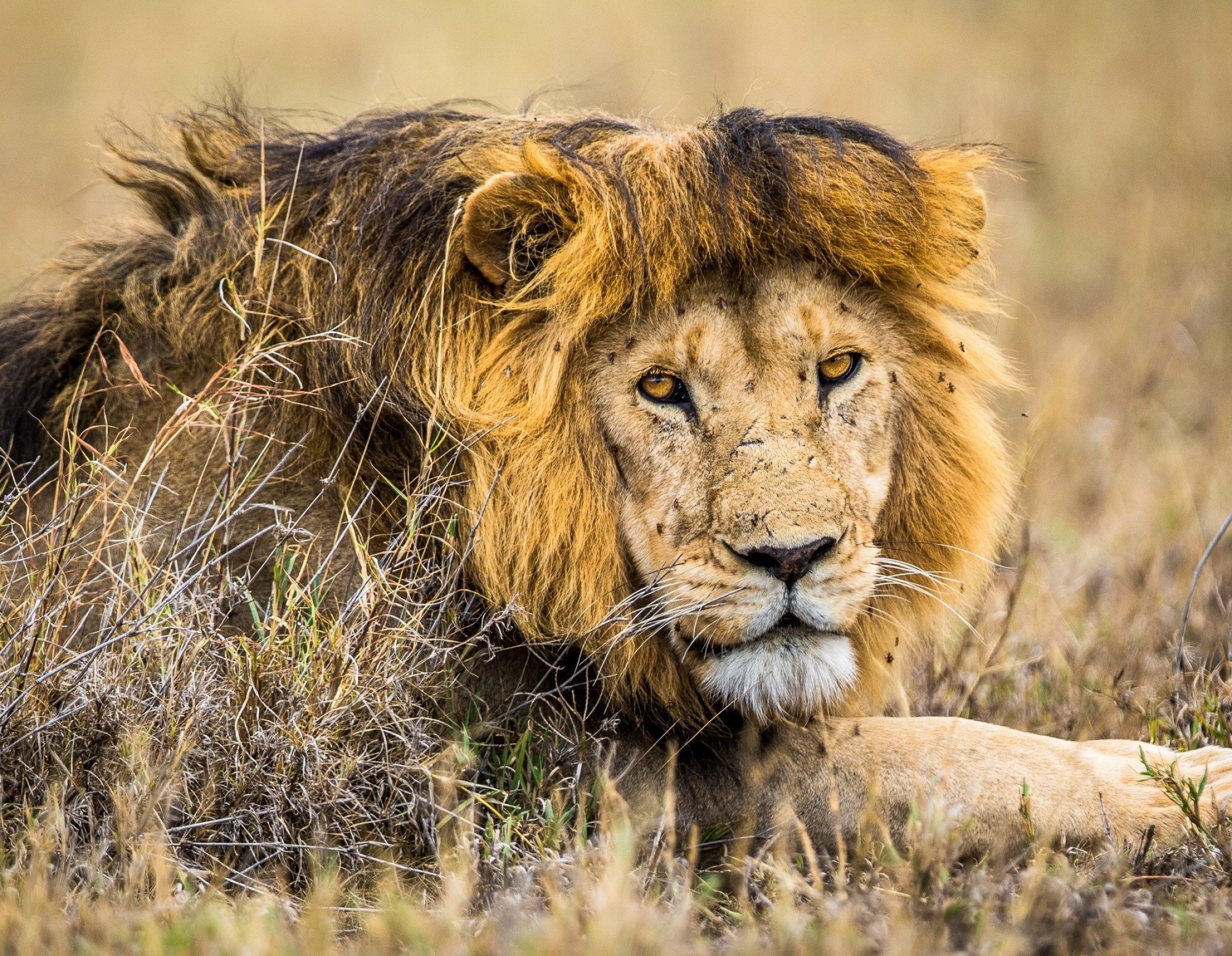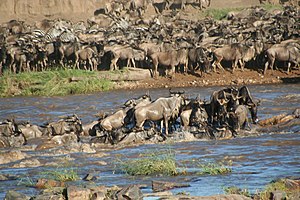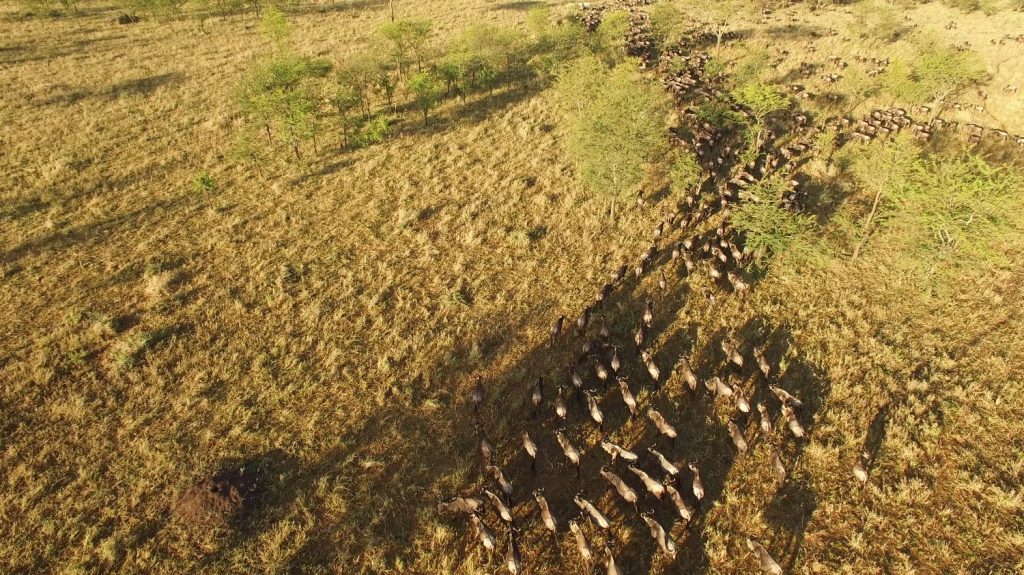The Great Wildebeest Migration:
As wildlife lovers the most awaited excitement of the year for us is The great migration. One of the Seven Natural Wonders of Africa and one of the ten natural travel wonders of the world, The Great Wildebeest Migration is a yearly event when the annual migration of giant herds of theses gazers across Northern Tanzania and Kenya takes place.this event is truly spectacular.
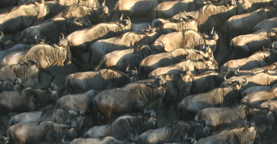
A truely spectacular event to witness as over two million wildebeest, zebras and gazelles move through the Serengeti and Masai Mara searching for their food that is green grasslands. This happens in a regular pattern and its amazing to see how disciplined these animals are when it comes to movement. Making ques and following each other in order is something that we all need to learn from them.
These wildebeest migrate around Serengeti, and into Masai Mara for the sole purpose of following the rainfall.
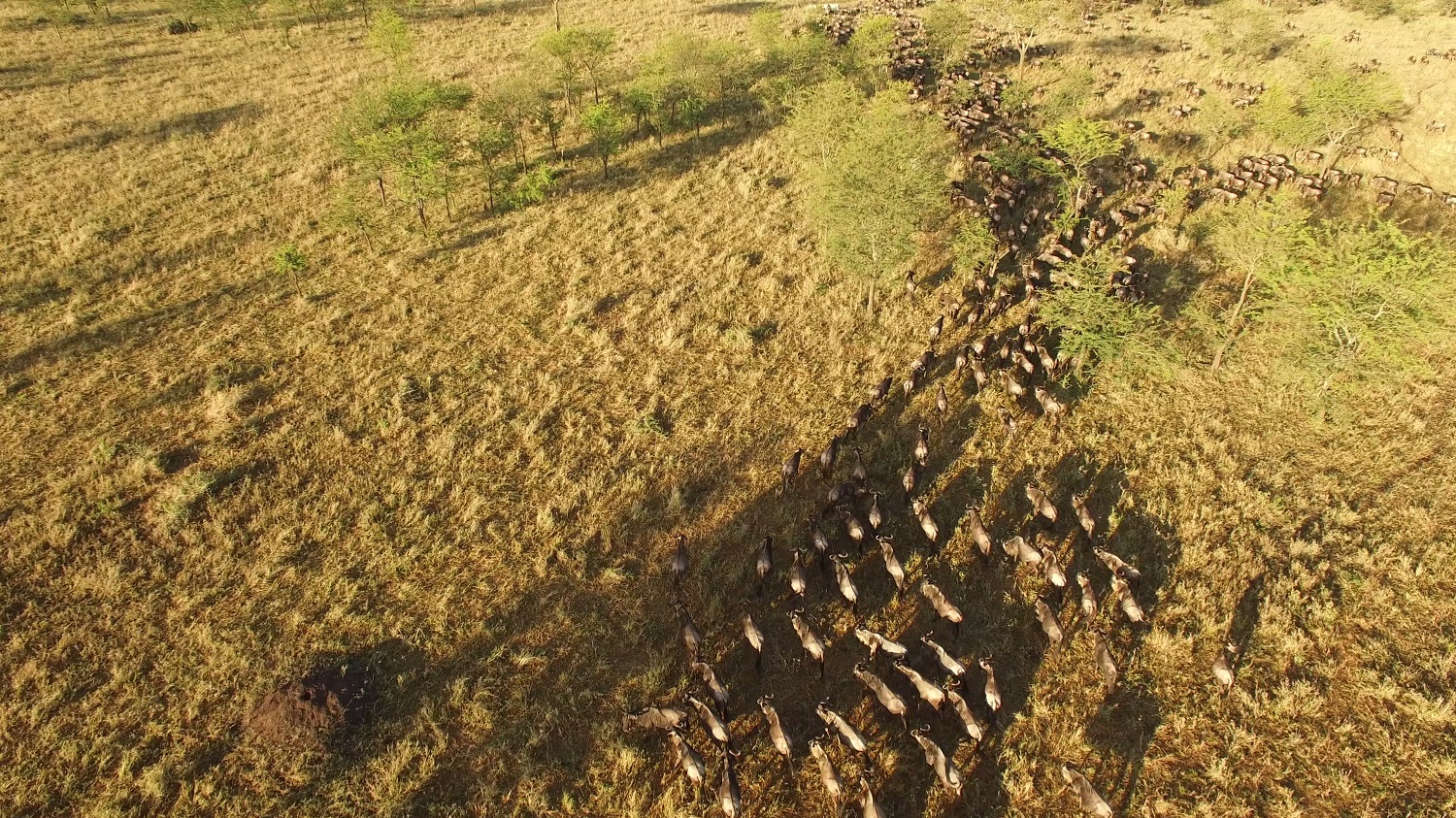
Journey from January to March
When the calving season begins – This a time when there is plenty and more of freshly ready grass ripened by the rains available for the 260,000 zebra , 1.7 million wildebeest , around 470,000 gazelles.and hundreds of thousands of other animals to feast upon.
February-The month of new arrivals-new offsprings
February is the month the wildebeest give birth to approximately 500,000 calves within a 2 to 3-week period. Few calves are born premature , ahead of time and of these, hardly any survive.These little calves are very easy for the predators to spot and attack.
May -June- When the rain Gods take leave !
As the rains end in May, all of these animals start moving northwest into the areas around the Grumeti River, where they stay until late June.
July -Its a party time for Crocs!
July is the month when these animals advance further into their journey and cross Grumeti and Mara rivers to arrive in Kenya.This is the time when the rivers full of crocodiles are waiting to get the most easy prey and a meaty feast. many animals are killed and eaten by the crocodiles at this time and the one s who are lucky, survive to move ahead.
This is also the best time to do a safari around Grumeti (Asanja Grumeti Camp) and Mara rivers.
July and August- Time to unwind!
The herds arrive in Kenya in late July / August, where they stay for the remainder of the dry season.
November to December-Journey begins again!
In early November, with the start of the short rains the migration starts moving south again, to the short grass plains of the southeast, usually arriving in December.
December to February-Time to Relax!
February -Time for new calves and other new babies to arrive again!
The sad thing in this beautiful phenomenon is that about 250,000 wildebeest die due to hunger, thirst, exhaustion or by predation while on this journey from Tanzania to the Maasai Mara which is a total of 800 kilometres .
Witnessing this wonder nature….i think to myself… I tell myself to pause ,to take a break and to be thankful for the life i got and to be born a human!
Asanja great Migration safari:
